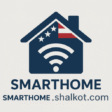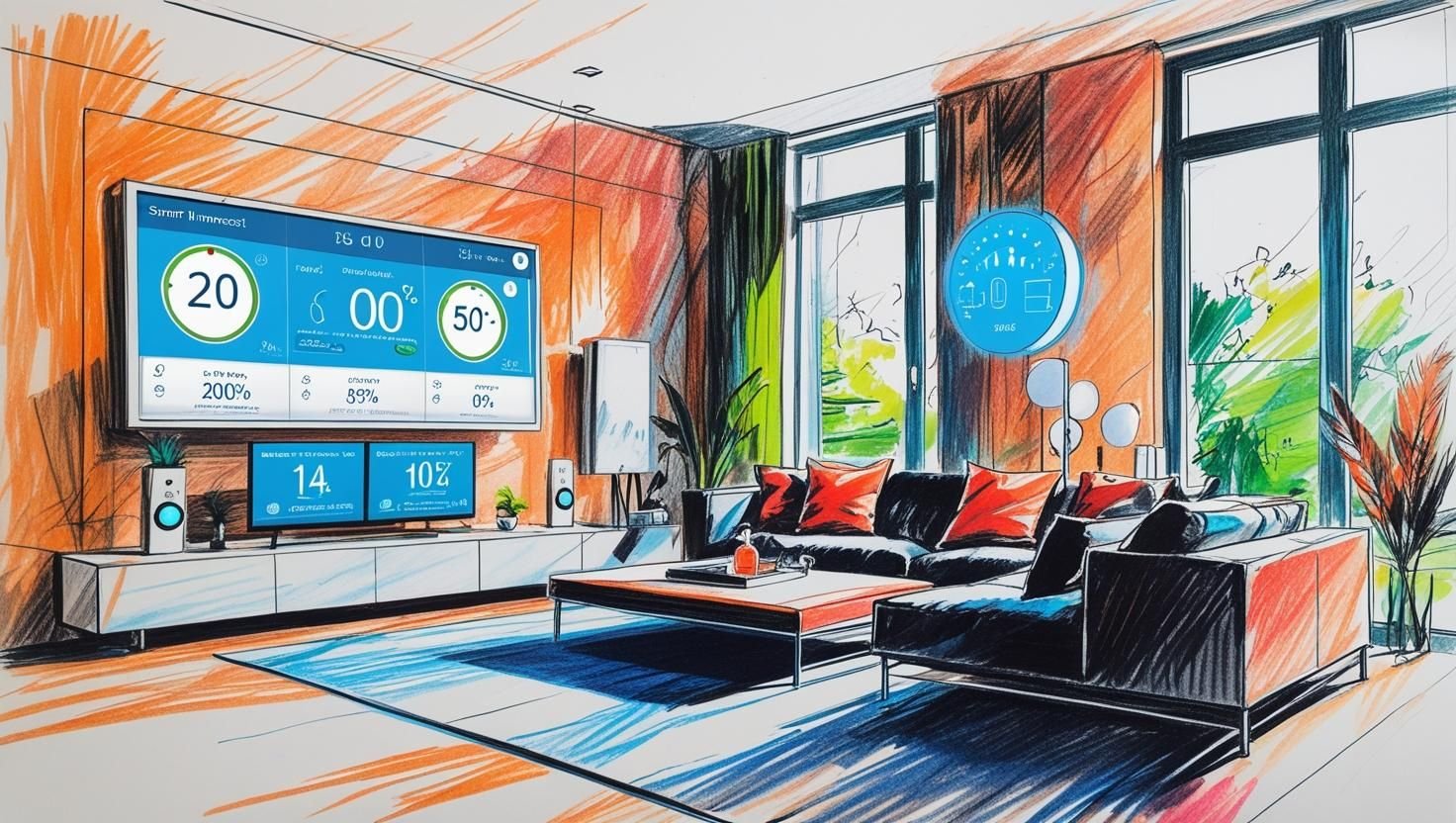Smart home technology is rapidly transforming the way we manage energy. If you’re tired of high electricity bills and juggling multiple smart devices manually, a smart hub may be your golden ticket. In this article, we’ll explore how you can optimize your home’s energy use using smart hub strategies that integrate thermostats, lights, appliances, and more.
What Is a Smart Hub, and How Does It Help?
A smart hub is a central control system that connects various smart devices in your home—like thermostats, lights, plugs, and even security systems—allowing seamless communication and automation. This interconnectivity helps reduce unnecessary energy usage and gives you more control through one platform like Google Home, Amazon Alexa, or Samsung SmartThings.
Top Smart Hub Strategies to Cut Energy Costs
- Automate Temperature Settings: Connect your thermostat to the hub and schedule energy-saving temperatures when you’re asleep or away.
- Use Motion Sensors for Lighting: Automate lights to switch off when no motion is detected in a room.
- Manage Vampire Power: Smart plugs can cut power to idle electronics, preventing unnecessary power consumption.
- Set Device Routines: Create routines like “Leave Home” that power down all non-essential devices with one tap or voice command.
- Monitor Energy Usage: Some smart hubs offer real-time energy tracking, helping you identify and adjust high-usage patterns.
Best Smart Hubs for Energy Efficiency in 2025
- Amazon Echo Plus: Combines the Alexa voice assistant with Zigbee support for broad compatibility.
- Samsung SmartThings: Offers extensive automation options and supports multiple protocols (Z-Wave, Zigbee, Wi-Fi).
- Google Nest Hub: Integrates seamlessly with Google services and Nest products like the Nest Learning Thermostat.
How Much Can You Save?
According to the U.S. Department of Energy, homeowners can save up to 10% per year on heating and cooling by adjusting the thermostat 7°–10°F for 8 hours a day. Combine that with smart plug automation and light controls, and you’re looking at hundreds of dollars in annual savings.
Quick Tips for Getting Started
- Start with one smart device (like a thermostat) and expand gradually.
- Choose a hub that supports all your current and planned smart devices.
- Use manufacturer apps to track energy reports and suggestions.
Internal Resource
Explore more about how smart plugs can save you money by automating your devices.
Final Thoughts
Integrating a smart hub isn’t just about convenience—it’s a powerful step toward an energy-efficient, eco-smart home. With thoughtful automation and energy management strategies, your home can become more cost-effective, sustainable, and secure.
Ready to transform your space? Start exploring smart hubs today and take control of your home’s energy future.

